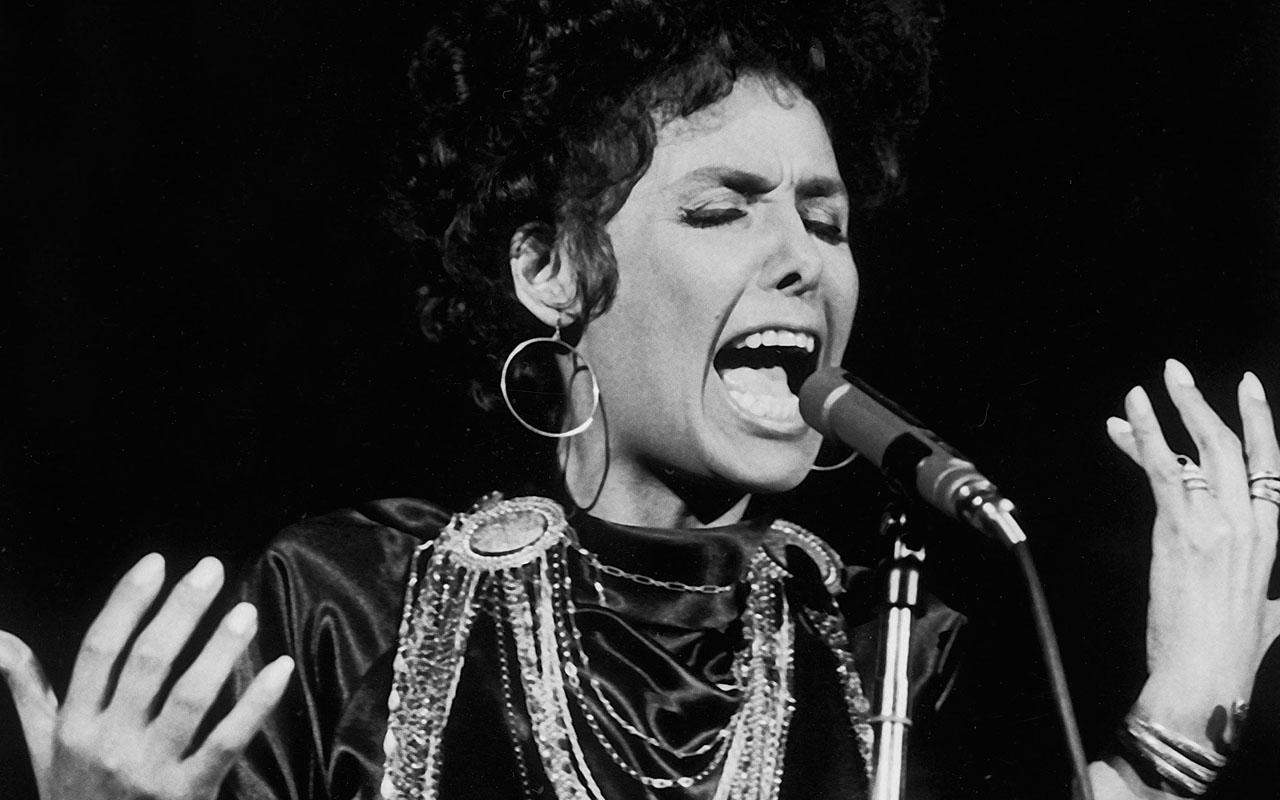This was the sort of break a young actress might covet:
Abbey Lincoln was given the same dress – red, tight, low-cut – that Marilyn Monroe had worn. She could become the new Black sex symbol.
Her reaction? She later told a friend she’d burned the dress. “I’m not wearing no white woman’s hand-me-down.”
That’s an example of the independent spirit shown by many Black women — including Lincoln, Lena Horne (shown here) and others — in Hollywood. Now we see that in “How It Feels to Be Free,” a fascinating “American Masters” film at 9 p.m. Monday (Jan. 18, Martin Luther King Day) on PBS (check local listings).
Lincoln was 26 when she appeared as herself in “The Girl Can’t Help it,” wearing the Monroe dress and singing the title song. She promptly retreated to nightclubs, becoming an acclaimed jazz singer. She returned to movies rarely, including the much-praised, 1964 indie film, “Nothing But a Man.”
Music also became the safe space for Lena Horne. Hollywood saw her as a new star, signed her to a seven-year contract, then did little. She had full roles in two 1943 movies, “Cabin in the Sky” and “Stormy Weather”; in others, she simply sang a song. “They did that so Southern theaters could take that out,” said Ruth Feldstein, whose “How It Feels To Be Free” book is at the core of the film.
There were bigger roles that Horne coveted. As a light-skinned Black woman, she wanted to be in “Show Boat,” playing the light-skinned woman who passes for White; the role went to Ava Gardner.
Horne was admired, but rarely cast. “I became the little butterfly pinned on the wall,” she once said.
Like Lincoln, she found her real success in music and, occasionally, TV. Both women also became part of a vibrant civil-right scene.
And they had been among the few Hollywood welcomed: “Fair-skinned Black actresses had more opportunities,” writer-producer Lena Waithe (who was named for Horne) says in the film.
Others have acknowledged that. “God put me together in such a way that is more acceptable to a White” audience, Diahann Carroll told one interviewer.
But what about the others? The film follows the gradual rise of singer Nina Simone and more. “Cicely Tyson didn’t fit into the mold,” Halle Berry says in the film.
Tyson received an Oscar nomination (for “Sounder”) and 14 Emmy nominations, winning twice. Later, Berry became the first Black winner of the best-actress Oscar.
Berry does fit the mold, but said in the film she still has trouble finding good roles. And Tyson once said: “Every two or three years, a role comes along that appeals to me.”
Another mold-breaker was Pam Grier, who was a top action star in the 1970s. That’s when “Black people saved the film industry,” Jacey Falk, a music producer, says in the film.
With mainstream movies faltering, Black action films began to pack people into theaters. Now movies need help again – but Black stars are often finding better prospects from TV and streaming.
